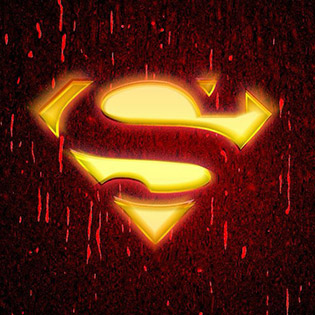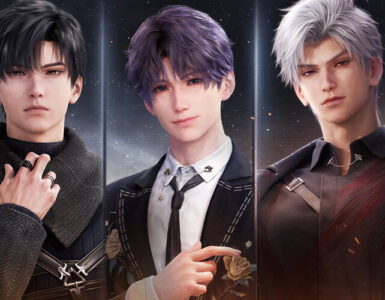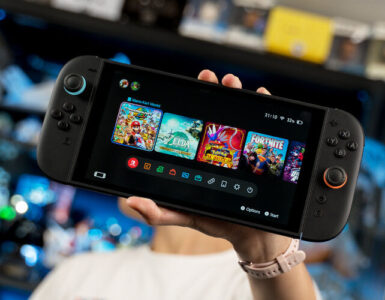- Shares
- 114
It’s been long rumoured and heavily hinted at, and after months of waiting, Nintendo finally revealed the launch of its new console, the Nintendo Switch 2. Priced at US$449.99, the next-generation hybrid console will make its global debut in the United States, Europe, South Korea, Hong Kong and Japan on 5 June 2025.
Just so we’re clear – it’s 2025 and one of the world’s largest entertainment companies is still keeping with its decades-old marketing plan to launch a global product in only a few select markets. Singapore and the rest of Asia are not part of this plan.
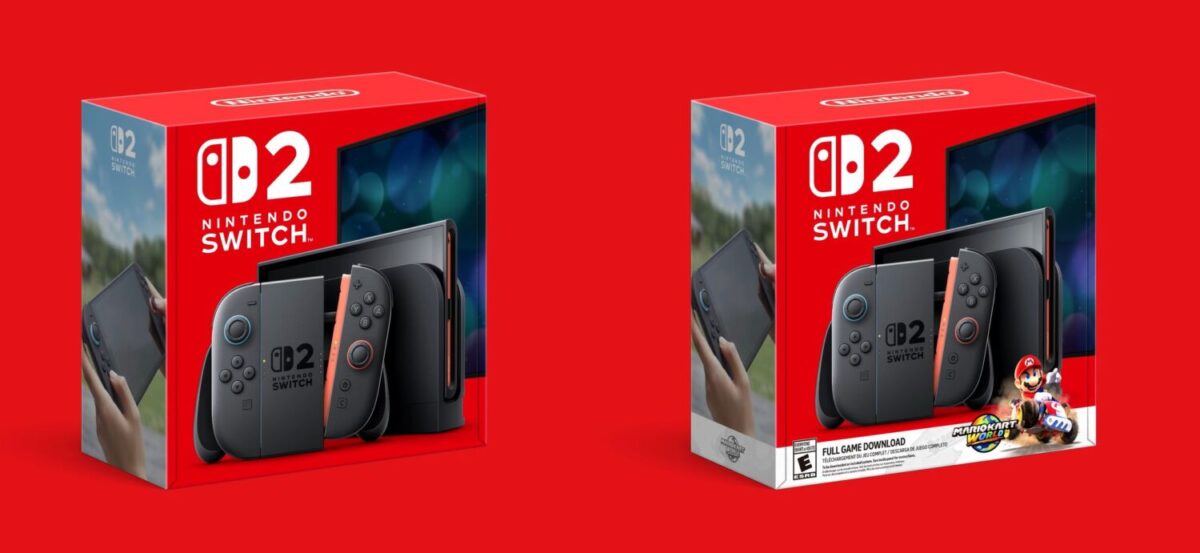
Meanwhile, young tech upstart, Apple (founded 1976), recently launched its new MacBook Air with M4 chip globally, in 28 countries and regions, including Singapore. Apple has been faithfully launching the majority of its new hardware, from iPhones, iPads, and MacBooks, globally, for the last decade. Back in 2020, Sony Computer Entertainment (founded 1993) launched the PlayStation 5 in Australia, Japan, New Zealand, North America, and South Korea on 12 November, and globally, including Singapore, just one week later.
Meanwhile, Nintendo (founded 1889, with video games development from 1974) revealed in its hour-long livestream that the Nintendo Switch 2 would only be available sometime between July to September this year for Southeast Asia (Singapore, Malaysia, Thailand, Philippines and Taiwan).
Naturally, video game fans couldn’t object because this has been the Japanese game company’s playbook for the last decade, where fans in Asia either had to wait, or pay a lot more.
The original Nintendo Switch made its debut in Singapore as a bundle, and not a standalone unit, and fans had to pay more for a Nintendo Switch bundle back in 2017, than for a Xbox One S and PlayStation 4 Pro. Unwilling to pay local exorbitant rates, I had a friend pick up a set from the US later that year.
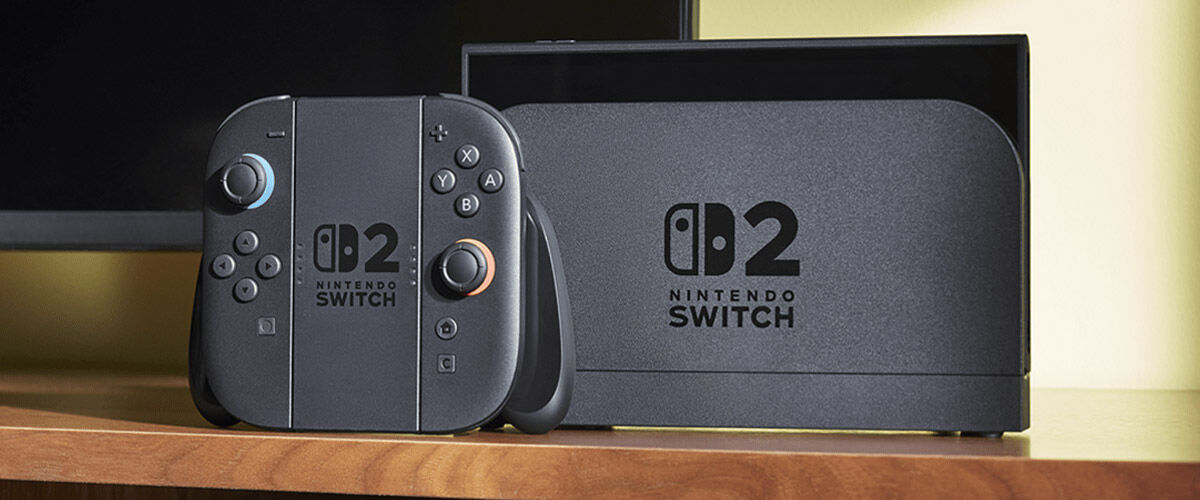
Maybe it’s not Nintendo’s fault or decision, and the blame should go to Singapore-based Nintendo distributor for Asia markets, Maxsoft, who seems intent on selling Nintendo’s consoles as a higher-priced bundle that comes with games. The company only officially launched the Nintendo Switch in the Philippines on 30 November 2018, in Thailand on 29 March 2019, and in Malaysia on 17 January 2020, at which time, parallel imports were aplenty.
Don’t even get us started on the Nintendo Wii, which made its North America debut on 19 November 2006. Maxsoft launched the console as a bundle (duh!) around a year later in September 2007, at the Games Convention Asia, and fans, including this writer, had to pay S$799 (around US$525) then, for a US$249.99 console.
For a while, it seemed that Singapore gamers had no recourse, until it was discovered that Nintendo identified a new distributor in Singapore and parts of Asia with Convergent in 2021. Maybe that explains why the recent Nintendo Switch OLED was released globally on 6 October 2021 and in Singapore just two days later, on 8 October. But alas, what seemed like a good thing stops with the Nintendo Switch 2.
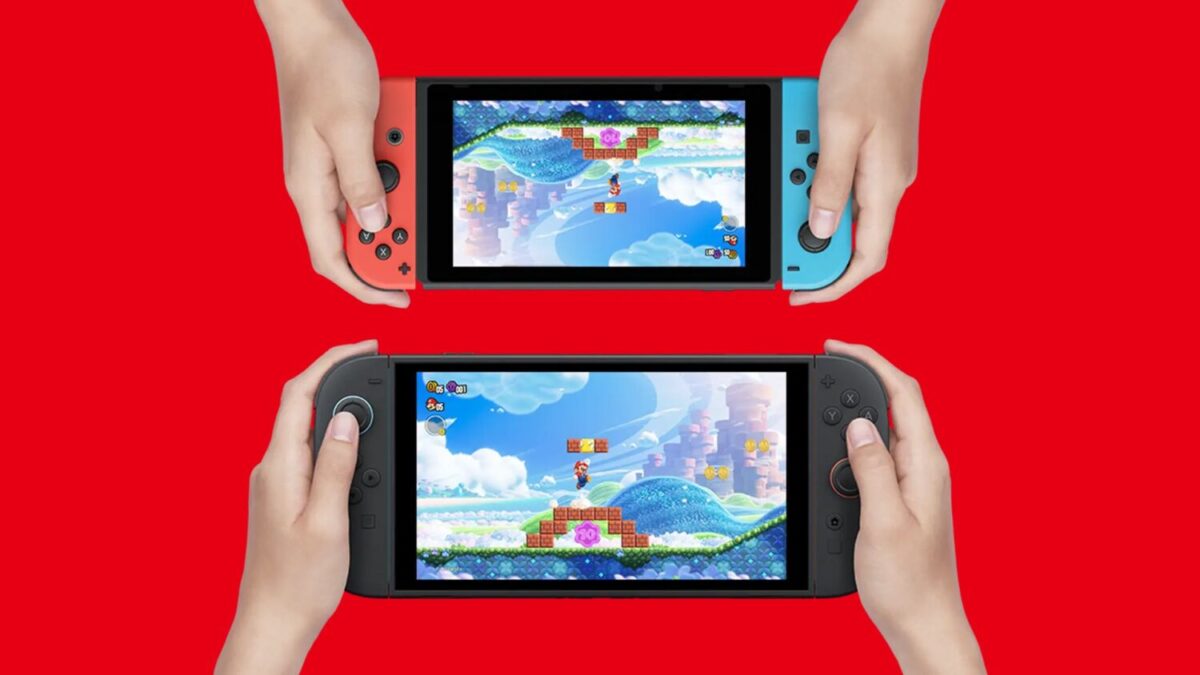
Is Singapore really a bad market for Nintendo? In November 2023, the company opened its first pop-up store in Singapore and it’s making a return in late April 2025, which means there is value in the Singapore market, so where is the Nintendo Switch 2?
The partly-owned by Nintendo, The Pokémon Company, already has a Pokémon Center Singapore at Jewel since 2019 and it was the first one outside of Japan, which means part of the Japanese company recognises Singapore as a key market, so why not for the Nintendo Switch 2?
Of course, adding a country to the list of launch markets is just one of the many things that Nintendo must grapple with right now. While the launch announcement was a hit, the pricing of the console and its games have become a lightning rod that is drawing intense criticism.
For one thing, the US$449.99 console is Nintendo’s most expensive console, but the Japanese video game company actually has a cheaper version – a Japanese-language only set that requires the use of a Japanese Nintendo account, sold only in Japan, for just 49,980 yen (roughly US$334). That’s more than US$100 cheaper than the global version.
It’s unlikely that Nintendo Japan opted to set a lower price for the Japan market, and had Nintendo of America set a higher global price, but this two-tiered pricing has angered global and local Nintendo fans.
Then there’s the price of the games for the Nintendo Switch 2. The Nintendo Switch 2 flagship game, Mario Kart World, for example, is listed at US$79.99 on Nintendo’s website, while Donkey Kong Bananza costs US$69.99. It wasn’t long ago that games were priced at US$59.90, before hitting US$69.90, and it looks like prices are shooting up again and fans are not happy.
In the recent Nintendo Treehouse livestream that took place after the Switch 2 launch announcement, the trending comment by thousands of viewers was “DROP THE PRICE!” and on Reddit, fans have been discussing both the increase in prices for games and for the console, and in Singapore and Asia, there’s the additional question of, why we aren’t in the launch markets?
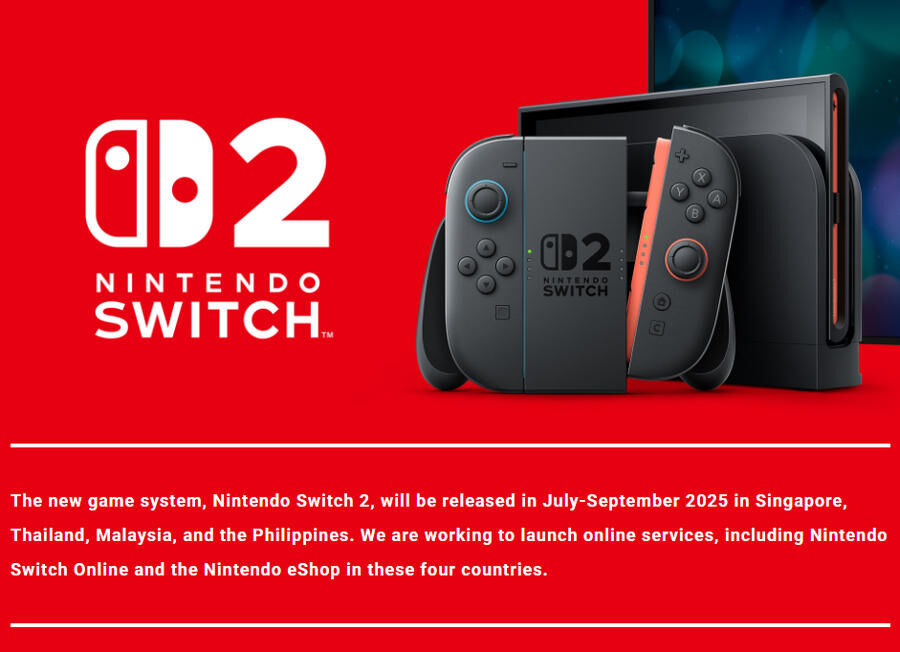
And even if Nintendo is able to quell the anger around the price difference, there’s also the matter of software over hardware. The company also has the Nintendo eShop a digital distribution service which allows players to buy digital games. Despite the fact that Nintendo, through its distributors, has launched the Switch in Asia, only two of the 46 eShops are in this region – Japan and Korea, which means that for the last few years, Switch owners had to create a Hong Kong (if they understand Chinese) or US Nintendo eShop account to pick up digital games. According to Nintendo, there are plans to open the eShop in Singapore, Thailand, Malaysia, and the Philippines, which probably explains the delay for the Switch 2 in this region but if you’re listening Nintendo, the hardware comes first. We’ve already had the Switch without the eShop, so why is the Switch 2 any different?
Some are resigned to bringing in parallel imports from Hong Kong, South Korea and even from North America, and it isn’t because we want to, but it’s because for the last 20 years, Nintendo, by not launching its consoles here at the same time with other markets, have been telling us that’s the only way we can enjoy its offerings.


